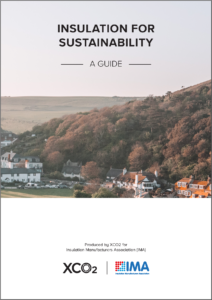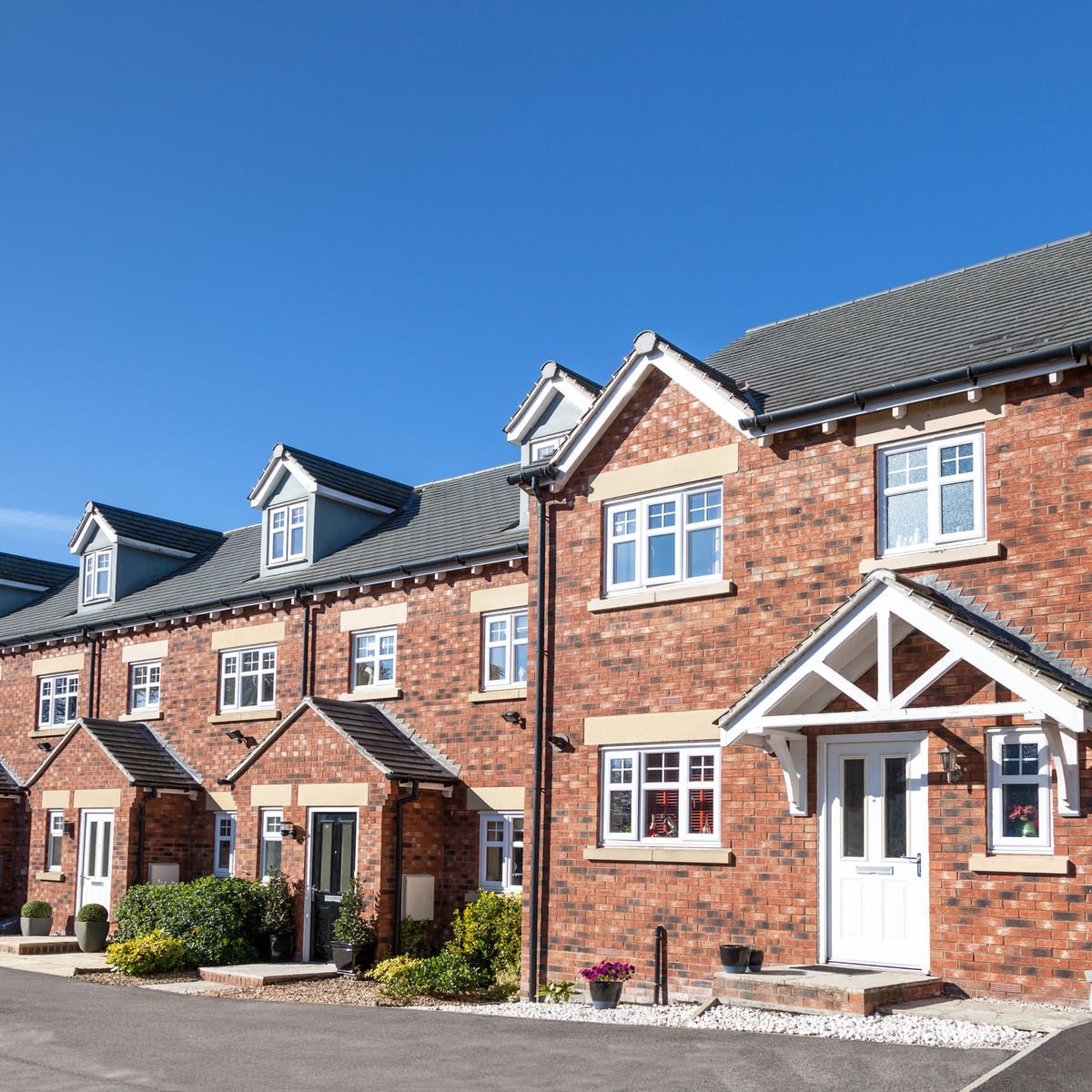In Europe, the PIR and PUR insulation products industry comprises more than 11,500 companies employing over a third of a million people and is worth about 6 billion Euros in trade.
The PIR and PUR insulation industry offers products that can provide low energy buildings helping the drive to eliminate fuel poverty and playing a crucial role in cutting CO2 emissions by providing products that greatly improve energy efficiency; an essential element in the struggle against climate change.



